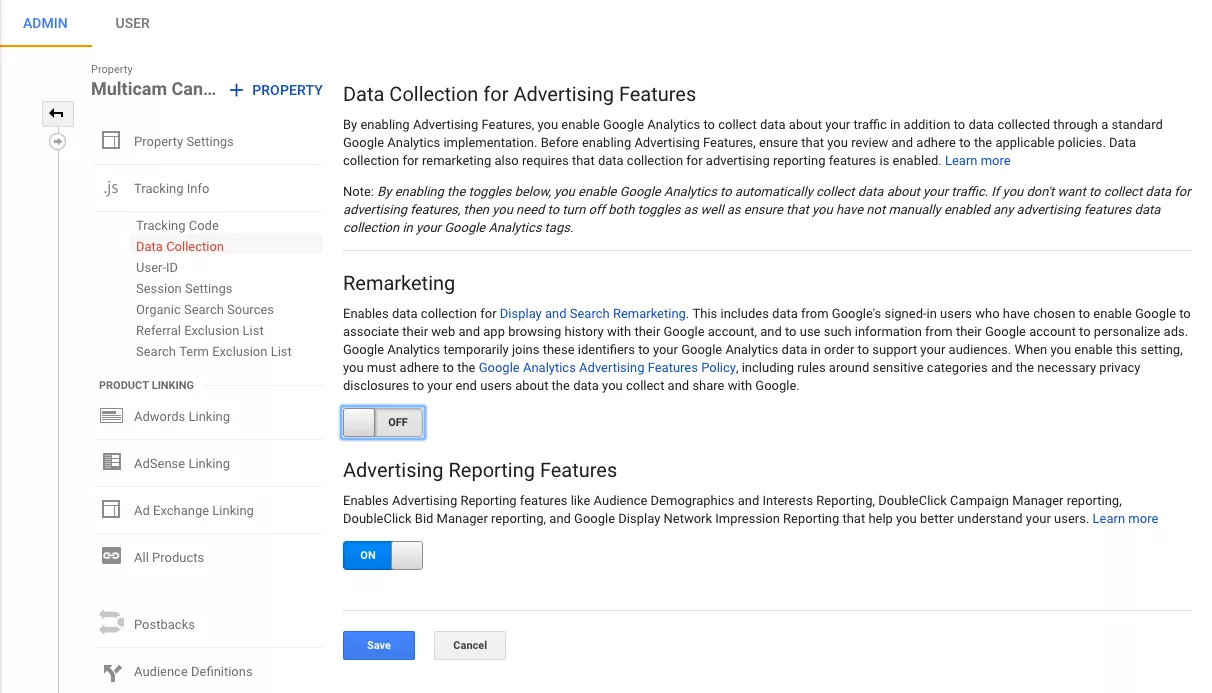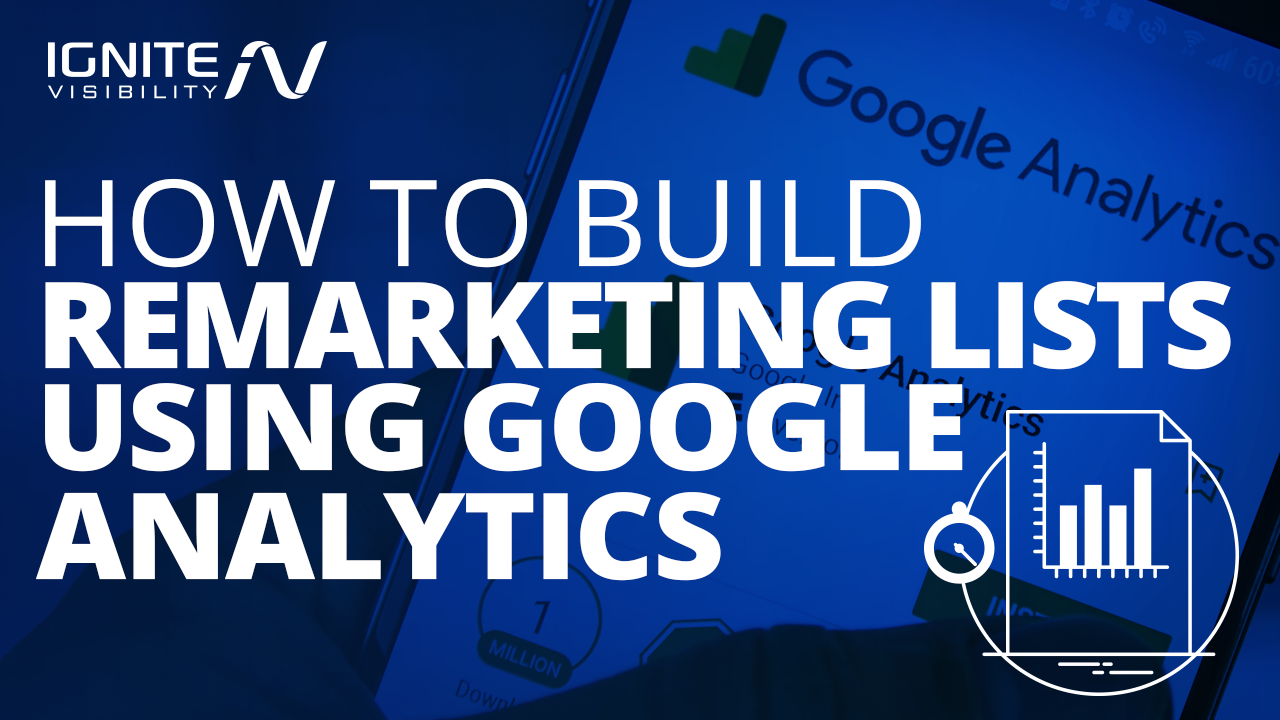Maximize Your ROI With Remarketing in Google Analytics
By using the power of individual information and customizing ads to specific audience segments, businesses can substantially magnify their conversion prices. The journey to taking full advantage of ROI via remarketing is a nuanced path led with insights and possibilities that can improve the trajectory of your marketing ventures.
Understanding Remarketing in Google Analytics
Understanding remarketing in Google Analytics is vital for optimizing your electronic advertising approach. Remarketing enables you to target customers who have actually previously seen your website or engaged with your app, offering them with tailored advertisements as they browse other websites or use other applications within the Google Display Network. This strategy assists maintain your brand top of mind and motivates customers to return to your website, eventually raising the likelihood of conversion.
By making use of Google Analytics, you can track the performance of your remarketing projects, acquiring valuable understandings right into user habits, involvement, and conversions. This data allows you to improve your bidding process, targeting, and messaging techniques to boost the total effectiveness of your campaigns.
Additionally, understanding the various kinds of remarketing lists readily available in Google Analytics, such as standard, dynamic, and similar audiences, permits you to develop extremely segmented and customized projects customized to details individual sections. This degree of granularity can significantly boost the importance and effect of your remarketing efforts, eventually maximizing your roi.
Establishing Up Remarketing Listings
To successfully execute remarketing campaigns in Google Analytics, the preliminary step includes setting up and creating remarketing lists targeting specific user sectors based on their interactions with your internet site or application. By establishing up remarketing lists, you can customize your advertising initiatives to reach individuals that have currently revealed interest in your solutions or products.
To begin, browse to the Admin section of your Google Analytics account and pick the Residential property where you desire to produce the remarketing listing. After that, under the Residential or commercial property column, click 'Audience Definitions' and choose 'Target markets.' Next, click the red 'New Audience' switch and choose 'Develop New' to specify the specifications for your remarketing listing.

Crafting Efficient Remarketing Ads

When crafting your ads, emphasis on creating attention-grabbing headlines and compelling visuals that stand out to prospective clients. Include solid calls-to-action that motivate users to revisit your website and finish a preferred activity. Make use of dynamic remarketing to show customized ads featuring service or products that customers have actually previously watched on your site.
In addition, make sure that your advertisements are mobile-friendly given that a considerable portion of internet traffic originates from smart phones. Test different advertisement variants to identify which messages and designs drive the most effective results. By continually refining and maximizing your remarketing ads based on performance data, you can maximize their effectiveness and improve your roi.
Studying Remarketing Efficiency

Through Google Analytics, online marketers can track the performance of their remarketing projects in real-time, permitting them to identify patterns, patterns, and locations for improvement quickly. By evaluating the information, marketers can figure out which ads are performing well, which target market segments are responding favorably, and which channels are driving one of the most conversions. This degree of granularity allows online marketers to make data-driven choices to maximize their remarketing projects for far better outcomes.
Enhancing ROI With Remarketing
Assessing remarketing data in Google Analytics makes it possible for marketers to identify possibilities for maximizing roi (ROI) via critical adjustments - What Is “Remarketing” In Google Analytics?. To take full advantage of ROI with remarketing, it is crucial to understand the habits of your target market. By assessing customer communications, such as the web pages they visited, the items they watched, or Go Here the activities they handled your website, you can tailor your remarketing campaigns better
Segmenting your audience based on their habits enables you to create personalized and targeted ads that are much more likely to reverberate with them. By revealing pertinent advertisements to particular sectors of your target market, you can increase the chances of conversion and inevitably improve your ROI.
Moreover, evaluating various ad creatives, messaging, and deals can aid recognize what reverberates best with your audience. A/B screening enables you to try out different elements of your ads to determine what drives the highest engagement and conversion prices.
Conclusion
Finally, making best use of ROI with remarketing in Google Analytics calls for a tactical technique to examining user actions, segmenting audiences, creating customized ads, and maximizing project performance. By leveraging data-driven understandings and testing different techniques, businesses can boost their remarketing initiatives to drive higher involvement and conversion prices. This methodical method ensures that sources are effectively allocated in the direction of taking full advantage of returns on investment in remarketing campaigns.
Next off, click on the red 'New Target market' button and choose 'Create New' to define the parameters for your remarketing checklist.
By continually refining and optimizing your remarketing ads based on efficiency information, you can optimize their efficiency and boost your return on investment.
By delving into these understandings, marketing professionals can gain a detailed understanding of just how their remarketing efforts are reverberating with their target audience and driving conversions. To maximize ROI with remarketing, it is critical to understand the habits of your audience.In final thought, making the most of ROI with remarketing in Google Analytics requires a calculated approach to examining useful reference customer habits, segmenting audiences, producing customized advertisements, and optimizing project efficiency.